A Crash Course in Wine Terms: No Sommelier Needed!
A Crash Course in Wine Terms: No Sommelier Needed!
Pour yourself a glass of vino and let’s dive into the world of fermented grape juice!
Are you ready to become a wine connoisseur? What if I told you that you don't need an expensive sommelier degree or fancy tasting notes? All you need is the right knowledge and vocabulary. Let's get started with your crash course in wine terms!
With this guide, you'll sound like an expert in no time (or at least fool a few people). So pour yourself a glass of vino and let’s dive into the world of fermented grape juice!
Welcome to Your Crash Course in Wine Terms!
I’ve created this crash course in wine terms to give you the scoop: dispel a few myths, learn basic facts, and ultimately, up your basic wine knowledge.
And hey - don't worry if you don't get everything down all at once. My goal is just to make you comfortable enough to confidently order a bottle of wine at your next outing with friends and family. Soon enough, you’ll be able to navigate all things grape-related with ease. Cheers!
Can’t get enough cocktail recipes? I've got you covered. Try my Aperol Spritz, Kir Royale, and my ABC’s of Liqueur: Easy Guide to Cordials too!
Vintage vs Non-Vintage - Get the scoop on when grapes were harvested and what that means for your wine experience
Vintage - the year the grapes were harvested.
Non-vintage - or ‘NV’ wines, is a blend of several vintages.
Body, Dry & ABV - Learn the difference between body, dryness, and alcohol by volume so you can pick the perfect bottle of wine
Body - Used to describe the thickness and weight of the wine. Specifically, how does the wine feel on your tongue? Wines can be light-bodied (think Pinot Grigio), medium-bodied (Cabernet Sauvignon), or full-bodied (Syrah).
Think milky! Can't quite get your head around the diverse body types of wine? When you sip whole milk, 2%, and skim side by side there's little doubt that they each feel different in your mouth. Sure it isn’t exactly like popping open a bottle of Merlot or Chardonnay but at least this analogy has some cream to help explain all those complex taste profiles.
Dry - Refers to the sweetness of a wine. Does it have residual sugar or not? Wines can be dry, off-dry (like a Riesling), sweet (Moscato), or semi-sweet.
Did you know that it's science that explains why wine is dry or sweet? Yep, yeast plays an important role in determining a vino's personality! During fermentation, sugar from the grapes is eaten up by these yeasty creatures. If some of this sugar remains after fermentation and doesn't get 'devoured', then your glass will be full of sweetness - fondly known as residual sugar (RS). However, if most sugars have been consumed during fermenting then RS levels drop to almost nothing making for a deliciously dry (non-sweet) tipple. Now go quench your curiosity!
ABV - Alcohol by volume - The percentage of alcohol in a bottle of wine, and listed on the wine label. It ranges from about 8-20% ABV.
Varietals, Blends & Cuvées - Understand how blends, cuvées, and varietals are different so you can impress your friends with your newfound knowledge
Variety - a single grape type (e.g. Chardonnay is made from Chardonnay grapes).
Varietals - wines made from one single grape variety (e.g. Chardonnay, Cabernet Sauvignon). Varietals tend to be more expensive and have a more intense flavor.
In the U.S., a bottle of wine must be made up of at least 75% one single grape in order to receive its varietal badge of honor!
Blend - a mixture of two or more wine grapes (e.g. Cabernet/Merlot). Blended wines are usually less expensive and have a more balanced flavor profile.
Cuvée - The ‘blend’ or mixture of various wine grapes used to make the bottle of wine.
So, you know how when the DJ drops an awesome remix on the dance floor and everyone is hyped? Well, think of a Cuvée as that same energy brought to your glass of wine! Similar to how they 'remix' songs in the club, wines can also be blended together too! Cuvée is the official term used when winemakers get creative with different grape varietals from across different vineyards (think Chardonnay) to make a new cuvée wine. Or a cuvée can be made when winemakers blend two types of grapes varietals, such as Sauvignon Blanc + Pinot Grigio, to make a new cuvée wine. This artful combination creates new tantalizing flavor combinations.
White & Red Wines - Discover which popular white and red wines will tantalize your taste buds
Popular White Wine Varietals
Think Pinot Grigio, Chardonnay, Sauvignon Blanc, and Riesling.
White wines are lighter in color and usually have a crisp, light taste. They pair well with seafood, poultry, and veggies.
Popular Red Wine Varietals
Think Cabernet Sauvignon, Merlot, Syrah, Malbec, Pinot Noir, or Bordeaux wines.
Red wines are darker in color and usually have a full-bodied flavor with bolder tannins. They pair well with red meats, pork, and pasta dishes.
Aroma, Nose & Aerate – Learn about aroma, nose, and aerating to get the most out of each glass of wine
Aroma - The smell of a wine that describes the scents and flavors.
Nose - The aroma and bouquet of a wine, which can be fruity, earthy, floral, herbal, and more. Swirl your glass to get the full aromas!
Aerate - To let a bottle of wine ‘breathe’ - allowing it to open up and release its flavor profile.
Do you ever wonder why people swirl their wine glass before taking a sip of wine? It's because swirling helps to aerate the wine, meaning that it can open up and release its flavor profile. The more you 'aerate' your glass, the more flavors will come through as you sip on each drop! Next time, try swirling your glass of wine to see if you can unlock hidden flavor profiles.
Sediment and Decant - Learn about decanting and sediment so you can avoid a 'cloudy' glass of wine
Sediment - Unwanted gunky particles that appear in wine, which can give it a cloudy and bitter flavor. Sediment can be a mixture of yeast cells, grape skins, stems, seeds, crystals, or anything remaining from the fermenting and wine-making process. Sediment can occur when a bottle of wine has been around for a while or wasn't stored properly.
Decant - Pour a bottle of wine into a decanter to separate the sediment from the liquid.
You may have seen your favorite rich auntie pouring a bottle of red wine into a vessel called a decanter. In case you were wondering, this isn't just some fancy ritual she's performing. Decanting is actually a great way to separate the sediment from the liquid before pouring it into glasses and avoiding any 'cloudy' surprises and extremely bitter tastes! So, if ever in doubt of your wine's condition, just pour it into a decanter before serving.
Brut, Cava & Spumante – Uncover the differences between France's (Brut), Spain's (Cava), or Italy's (Spumante) sparkling wines
Brut - The French expression literally means raw and rough but don't worry--its bubbly nature makes this sparkling wine anything but. Bruts are light, crispy, and refreshing with a faint hint of sweetness.
Cava - Sparkling wine made in Spain using traditional methods. Cavas have a fruity flavor profile and they can be either dry or sweet.
Spumante - Italian sparkling wine which typically has a light, sweet flavor. Spumante is usually a bit sweeter and lower in alcohol than Champagne or Cava.
Magnum, Split & Table Wine – Become an expert on table wines, splits, and magnums, so you’re always prepared when it comes time to pour a glass!
Table Wine - A wine of common and ordinary quality that is made to be sipped with meals.
Split - Cute, small bottles of wine. Usually 187ml or 375ml in size, these petite bottles contain a single glass of wine and are perfect for wine tastings.
Magnum - A large-sized bottle of wine (1.5 liters), twice the size of a standard 750ml bottle of wine.
Vermouth, Aperitifs & Dessert Wines – Before, during, and after the main course, there’s a wine for that!
Vermouth - A crafty blend of aromatic wine and alcoholic spirits that can be sipped alone. Vermouth is either dry or sweet and is perfect for sprucing up classic cocktails like the Martini or Manhattan.
Aperitif - A pre-dinner wine that's meant to whet your appetite. Aperitif wines are lighter in body, low on alcohol content, and are typically dry and not sweet.
Dessert Wine - Sweet wines that are perfect for pairing with chocolate and other desserts. Dessert wines tend to be higher in sugar and alcohol content than table or aperitif wines.
Get Ahead of the Game - A few tips from a Wine Industry Expert, my friend, Desiree Walz
For a little extra credit, I've enlisted help from my friend, Desiree "Des" Walz to further our wine knowledge. Des is a wine industry expert and she's here to provide us with a few tips to get ahead of the game – let's get started!
Tip 1: Don't Be Afraid to Ask
Uncork your curiosity and dare to ask questions! Navigating the vino world can seem daunting, but don't be intimidated; servers, wine buyers, and sommeliers are here for you. So get bold - go ahead and unleash all of those oenophile conundrums on them- they won't judge, promise.
Tip 2: Try Something Different
Shake things up - why settle for the same old, when something extraordinary could be just a sip away? Reach beyond your comfort zone and explore new vineyards or new regions. You never know where it might lead! #YOLO
Tip 3: Don't Be a Price Snob
Don't be fooled into thinking pricier wines are necessarily better - savvy sippers know there are plenty of scrumptious, yet affordable offerings out there. After all, quality comes from the grapevine and not just your wallet!
A Few Cocktail Recipes
If you liked this article, try these delicious cocktail recipes too!
Congratulations! You’re Now an (Un)Official Wine Expert!
Now that you’ve done your homework, hopefully, you can confidently say goodbye to wine confusion and hello to a newfound level of wine knowledge! Whether it's swirling the glass or decanting the bottle, you now know a few more words, terms, and tips needed to become an (un)official wine expert. So next time someone asks you to explain the difference between a magnum and split, or what's a “cuvée”, you no longer need to reach for a dictionary or Google.com. So go ahead and confidently bring a bottle of wine to the party because you've just successfully completed a crash course in wine knowledge!
Cheers! 🍷
-XOXO (as always)
Mel D.
Photography by Swish + Click Photography
Special Thanks
Thank you so much to my amazing friend and wine industry expert, Desiree “Des” Walz, for sharing your wine knowledge with me and my readers. Thank you a'Bouzy for putting up with our fun and shenanigans.
Where You Can Find Me on Social Media
Same place; same bat channel
@ThisIsMelDrake
THE ‘GRAM (the pretty pictures): https://www.instagram.com/thisismeldrake
PINTEREST (the inspiration): https://www.pinterest.com/thisismeldrake
FACEBOOK (a little this + a little that): https://www.facebook.com/thisismeldrake
TWITTER (the sass + musings): https://twitter.com/thisismeldrake
Save to Pinterest
*Originally published on July 26, 2018, this post has been updated by Mel Drake with structural and grammatical changes that weren’t included in the original post.
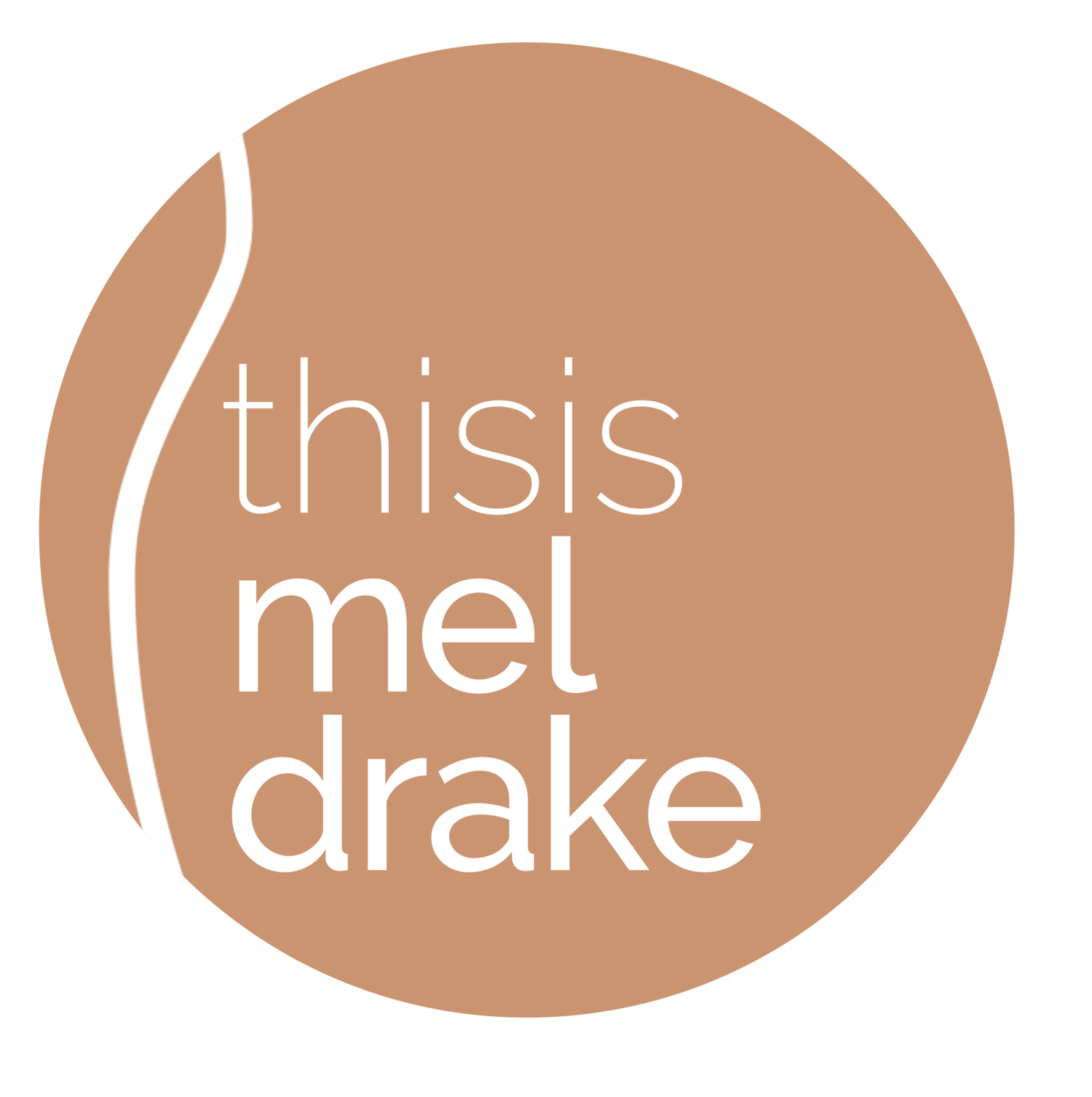













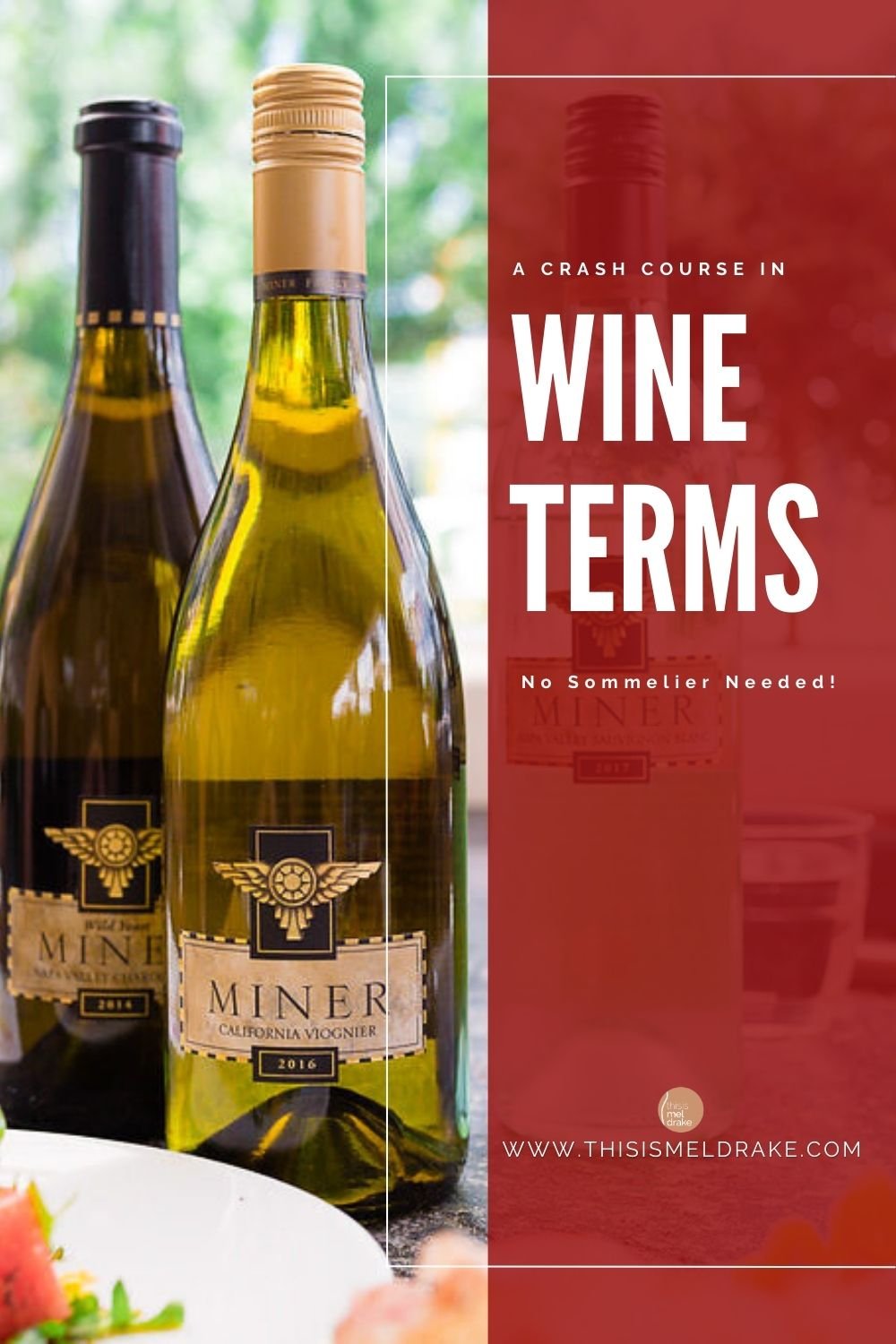
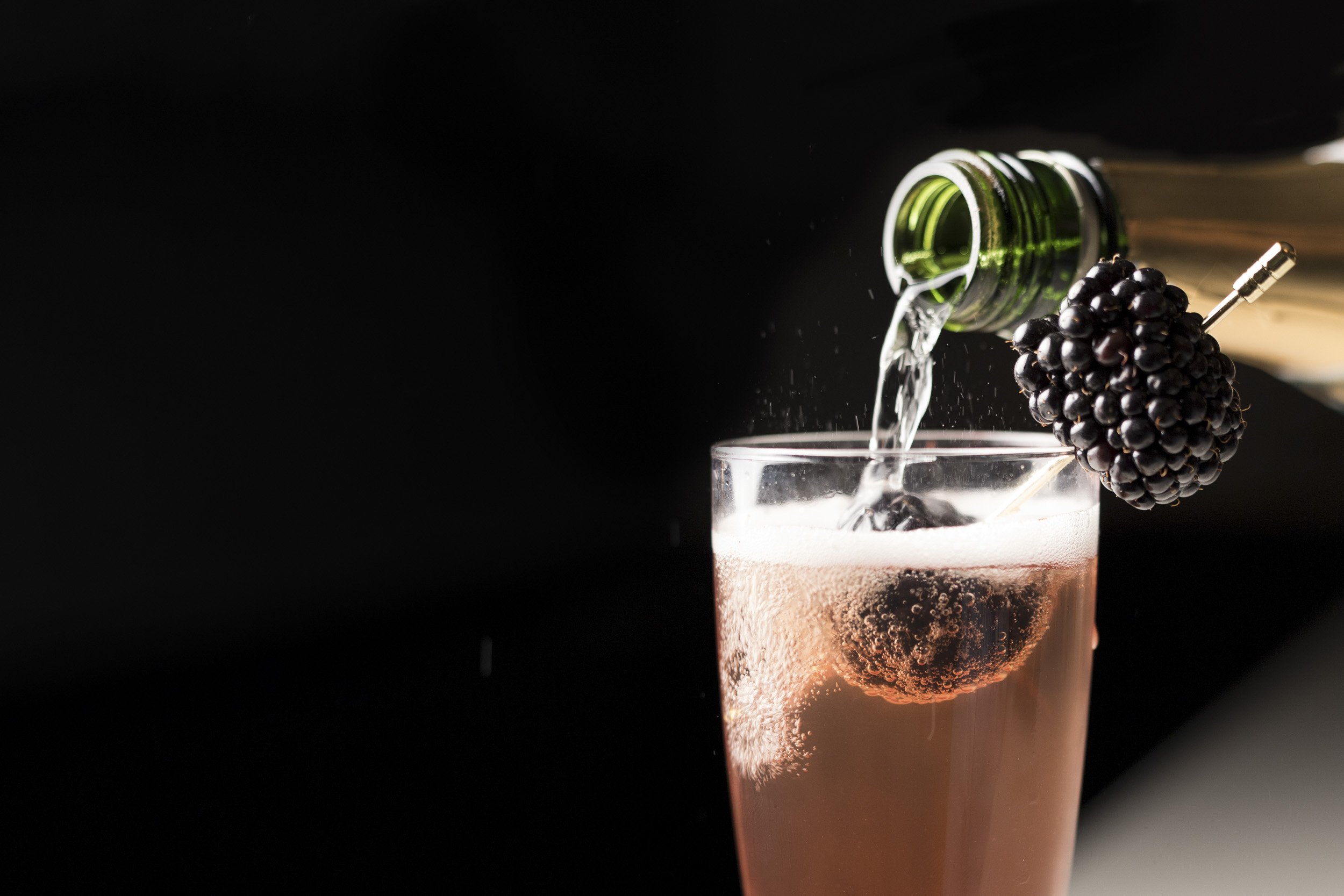
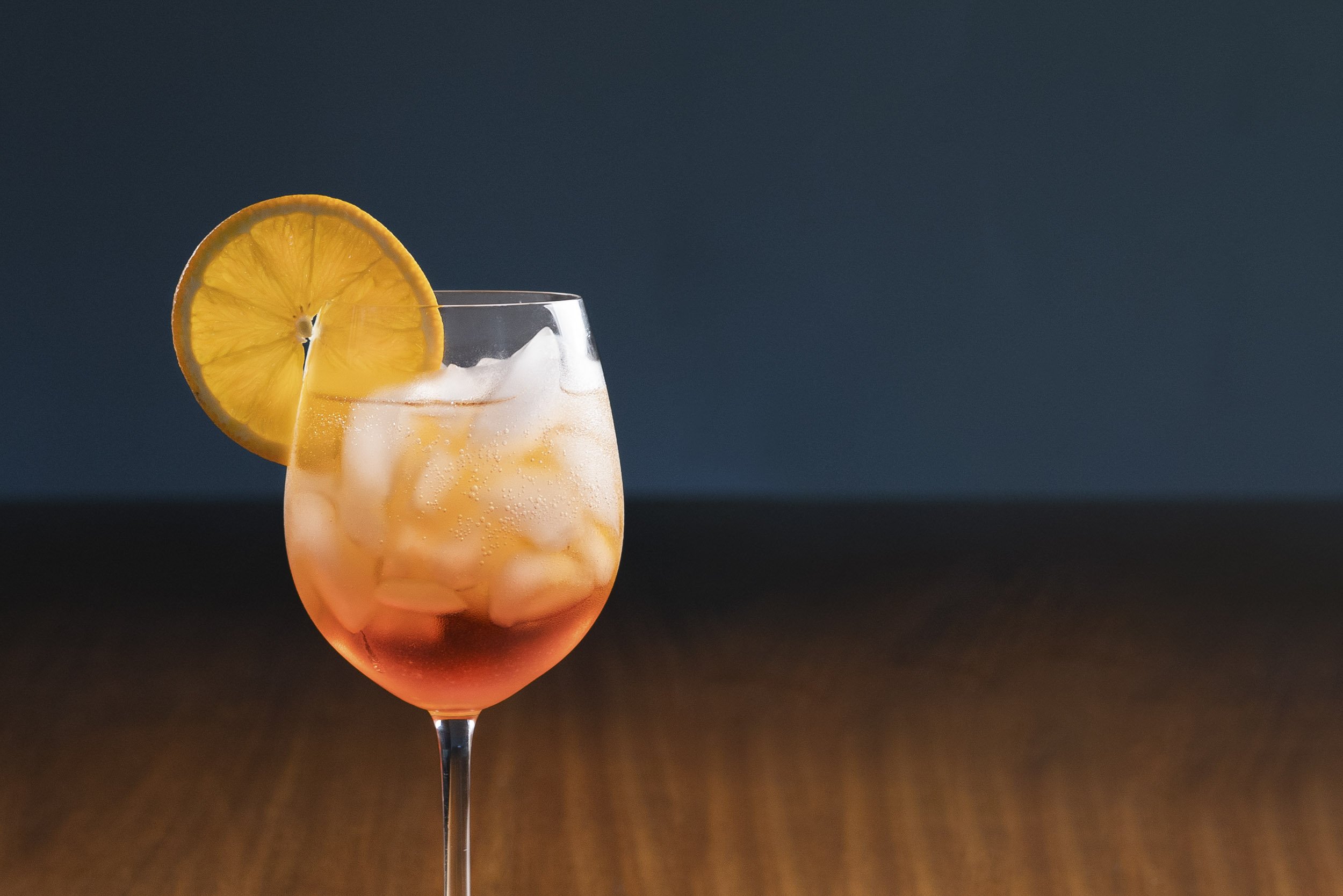
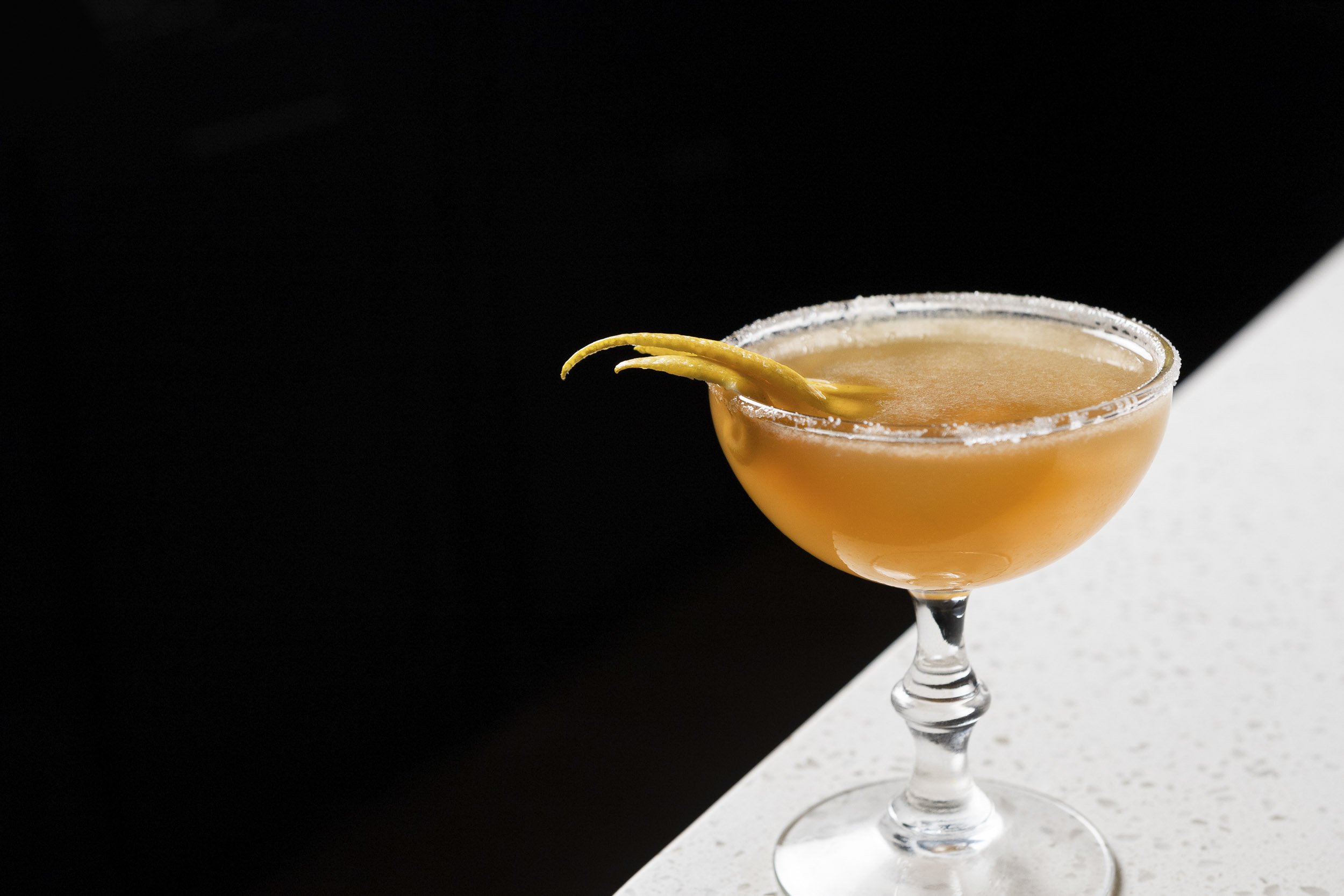

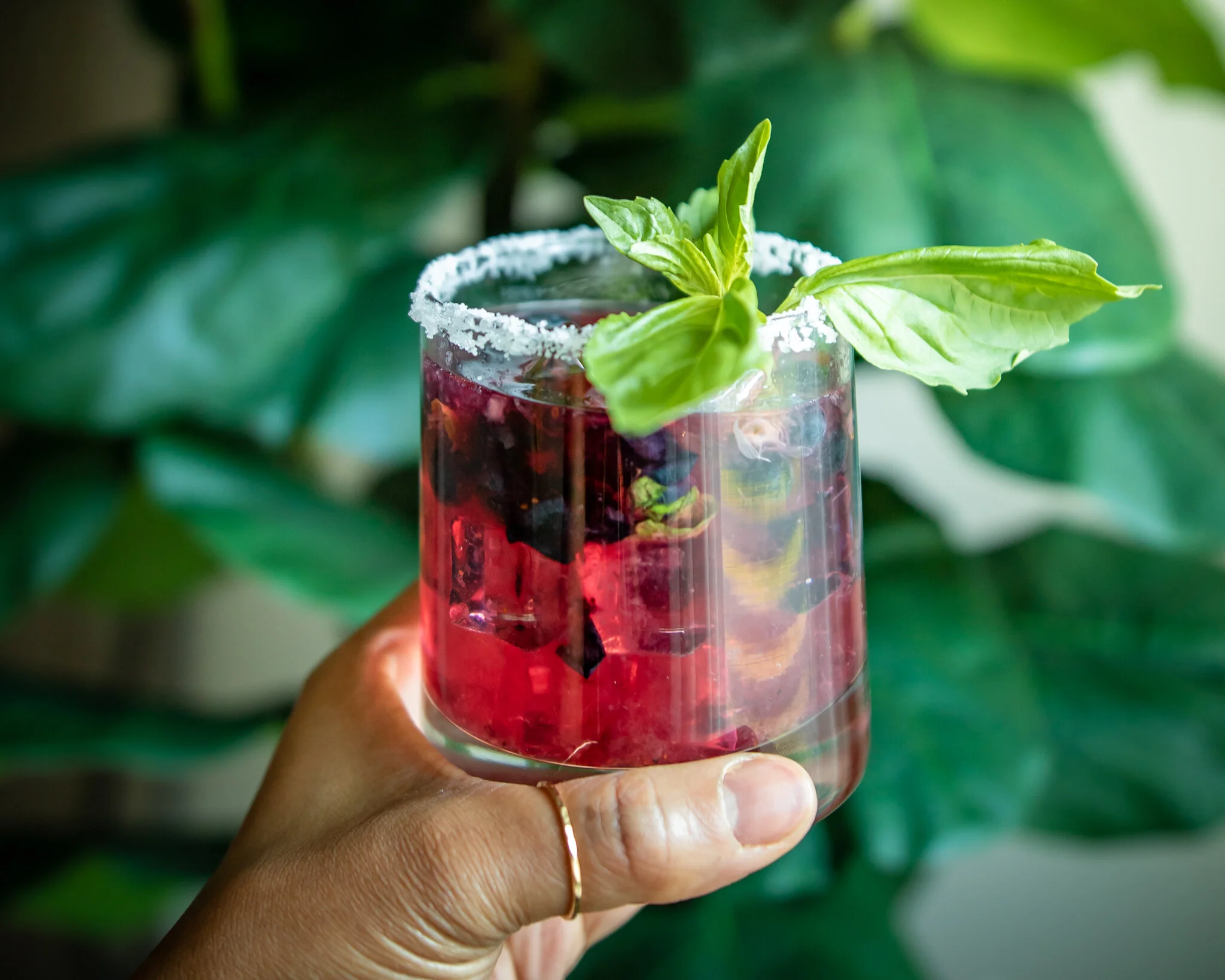




Pour yourself a glass of vino and let’s dive into the world of fermented grapes juice!